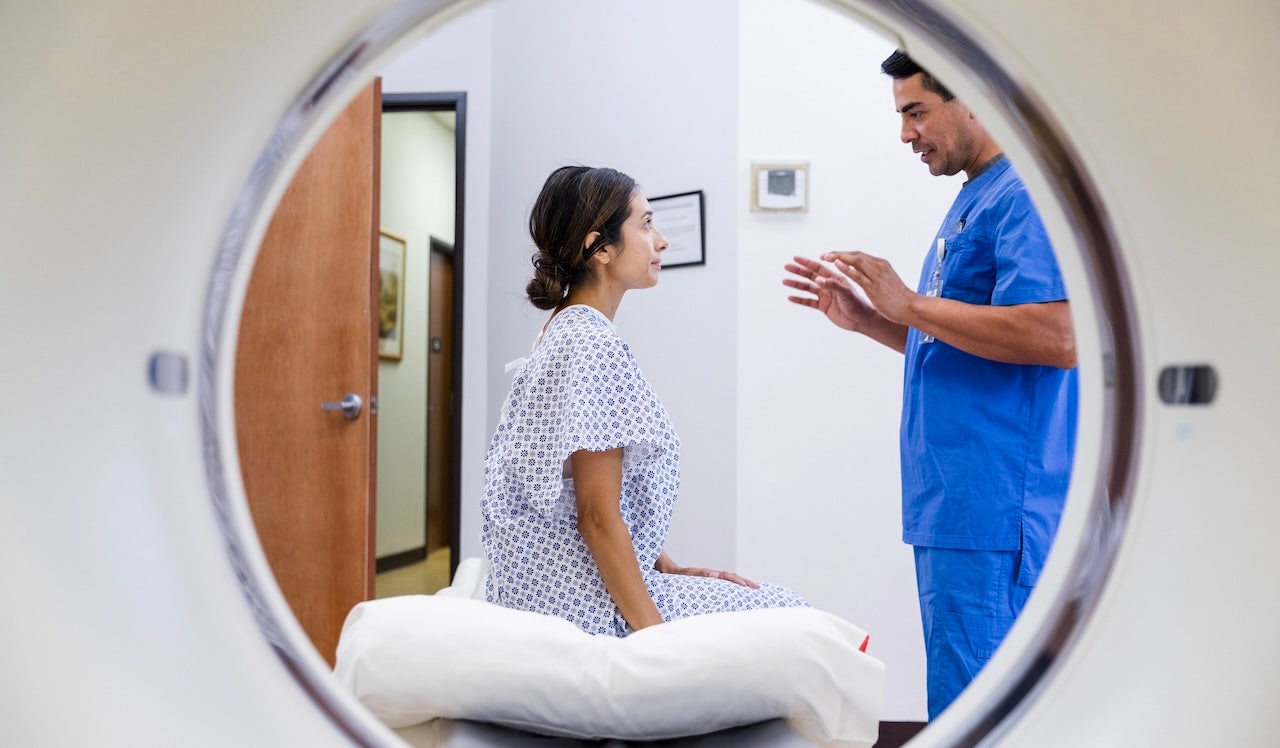Cancer risk rising with exposure to common medical test, study finds

CT scans, also known as CAT scans, are an essential tool in modern medicine for diagnosing a wide range of medical conditions. However, a recent study from the University of California – San Francisco has shed light on a potential hidden risk associated with these scans. According to the study, CT scans could be responsible for 5% of all cancer diagnoses each year.
Dr. Rebecca Smith-Bindman, the lead author of the study, emphasized the importance of understanding the potential risks associated with CT scans. The study found that the ionizing radiation exposure from CT scans is comparable to other significant risk factors such as alcohol consumption and excess body weight. This raises concerns about the long-term impact of CT scans on patients’ health.
The researchers estimated that approximately 103,000 future cancers could be attributed to CT scans performed in the U.S. in 2023. The highest number of cases is expected to affect adults aged 50 to 69, with babies and children at the highest individual risk. The most common cancer types resulting from CT radiation include lung cancer, colon cancer, leukemia, and breast cancer.
While CT scans are essential for accurate and rapid diagnoses in many cases, the researchers emphasized the importance of avoiding unnecessary scans to prevent potential harm. They also recommended using the lowest possible radiation dose per scan to reduce the risk of developing cancer.
Dr. Nicole Saphier, a board-certified radiologist and Fox News medical contributor, highlighted the importance of balancing the benefits and risks of medical imaging. She emphasized the need for informed decision-making by both clinicians and patients, urging healthcare providers to consider alternative imaging modalities when appropriate.
In conclusion, while CT scans play a crucial role in diagnosing medical conditions, it is essential to use them wisely and judiciously. By minimizing unnecessary scans and using the lowest possible radiation dose, healthcare providers can help reduce the potential risks associated with CT scans. Ultimately, informed decision-making and a balanced approach to medical imaging are key to ensuring the safety and well-being of patients.




